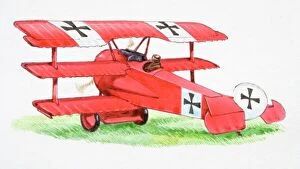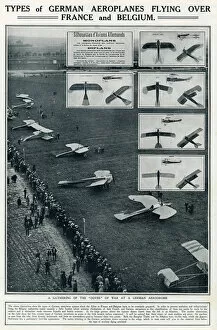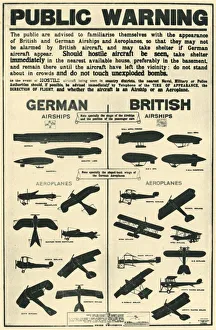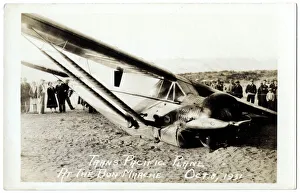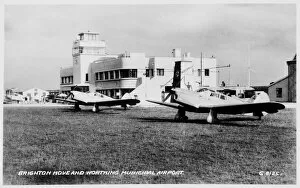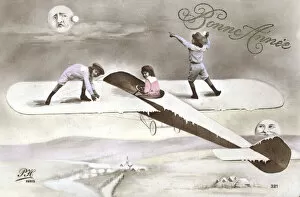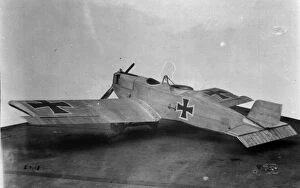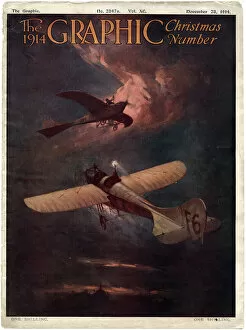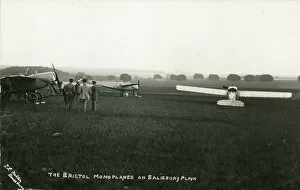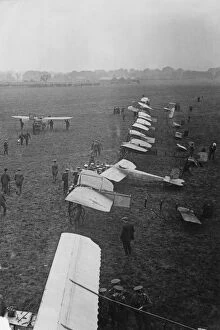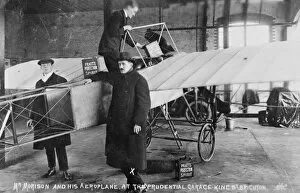Monoplanes Collection
Monoplanes, a significant advancement in aviation history, played a crucial role during World War One
All Professionally Made to Order for Quick Shipping
Monoplanes, a significant advancement in aviation history, played a crucial role during World War One. The German Fokker triplane, with its distinctive side view, became an iconic symbol of the era. Another notable monoplane was the Flying Camel, known for its front view and remarkable agility. In 1915, a poster showcasing various types of British and German aircraft provided valuable insights into the advancements made in aviation technology during that time. This visual representation highlighted the diversity and innovation present in both nations' air forces. The Junkers D I German fighter plane further exemplified Germany's commitment to developing cutting-edge monoplanes. Its sleek design and superior performance made it a formidable opponent on the battlefield. Similarly, the Junkers J8 two-seat prototype fighter plane demonstrated Germany's continuous pursuit of excellence in aerial warfare. Aviation races held in Reims were thrilling spectacles where airplanes and airships chased each other through the skies. These events showcased not only speed but also daring maneuvers performed by skilled pilots from around the world. Pangborn's monoplane at Wenatchee, Washington State represented American contributions to monoplane development. It served as a testament to their growing presence in aviation technology during this period. On July 25th, 1909, French aviator Bleriot achieved an incredible feat by becoming the first person to cross the English Channel by flying across it rather than using traditional means of transportation. This historic moment marked a turning point for aviation enthusiasts worldwide. Brighton, Hove & Worthing Municipal Airport located in Sussex provided an essential hub for aviation activities within England during this time period. It facilitated travel and fostered growth within Britain's emerging aviation industry. A heartwarming New Year's card depicted children joyfully riding on a plane captured both imagination and hope for future generations fascinated by flight possibilities. King Alfonso XIII of Spain recognized military aviators' achievements at Villacoublay Aerodrome in France.

